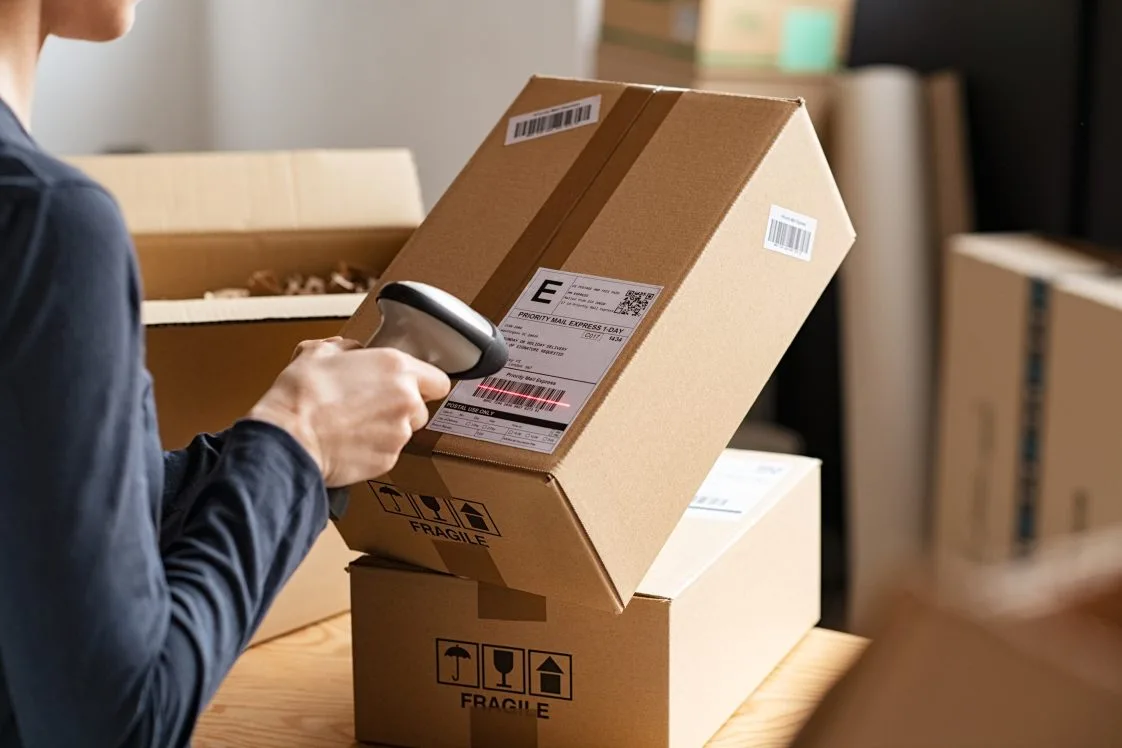Top 4 eCommerce Fulfillment Challenges for 2023
After a busy 2022 peak season, retailers are looking at the challenges they need to overcome in 2023 to deliver differentiated customer experiences while remaining competitive.
By Brady Berg, VP of Client Account Management, Radial
After a busy 2022 peak season, retailers are looking at the challenges they need to overcome in 2023 to deliver differentiated customer experiences while remaining competitive. As flexible purchase, fulfillment, and return options have become table stakes across the retail landscape, omnichannel eCommerce fulfillment is taking center stage for its role in delivering on brand promises. But that can be easier said than done. Many retailers wrestle with legacy systems and technology infrastructure, lack of automation to scale fulfillment, and real-time visibility into the entire supply chain.
In a recent Radial LinkedIn survey, we asked retailers: “What is your top eCommerce fulfillment challenge for 2023?” Here’s how they responded:
- 33% are concerned about reverse logistics (returns)
- 25% are concerned about faster delivery (within two days)
- 25% are concerned about scaling fulfillment with growth
- 17% are concerned about reporting and data visibility
Reverse logistics leads by a sizeable amount, while fast delivery and scaling fulfillment tie for prominence, followed by reporting and data visibility. All four are necessary for successful eCommerce fulfillment and exceptional customer experiences and, frequently, improving one area has a ripple effect on the others.
Let’s take a closer look at these challenges.
Reverse Logistics
The pandemic’s supply chain disruptions ultimately created outsized inventory positions once shipments came in. Excessive inventory has led many retailers to increase their efforts to discourage returns. Over peak 2022, many retailers put shorter time limits on return windows and instituted restocking fees.
Reverse logistics is a complex and costly process. It’s critical to make returns as easy for the customer as possible while crafting an online shopping experience that inherently reduces the chance a customer will return a product. In the event customers do return, the process needs to run as smoothly and as cost-efficiently as possible. We have also seen a number of returns technology providers driving exchanges in lieu of returns.
Top challenges in reverse logistics include lack of warehouse space, complex return workflows from multiple eCommerce channels, transportation costs, and the cost of lightly salvaging, retagging, and restocking inventory.
Read our reverse logistics guide to learn more about improving this critical aspect of eCommerce fulfillment operations.
Faster Delivery
Online shoppers expect fast delivery, which can mean two-day, one-day, or even same-day delivery depending on the type of product and retailer. Since larger online retailers have normalized two-day delivery, many consumers are pressuring merchants to raise the bar.
In order to do so, eCommerce retailers need to have streamlined fulfillment processes and heavily negotiated rates with carriers. Automating order fulfillment can reduce the likelihood of human errors and can track order delivery to ensure customers know where their purchases are at any time. Reducing last mile delivery costs is important to help retailers keep shipping costs low, and offering additional store fulfillment options such as buy online, pickup in-store (BOPIS) and buy online, curbside pickup (BOPAC) can help reduce costs and shift the burden for fast delivery.
Using physical stores as micro-fulfillment centers ensures that products are geographically closer to customers which decreases shipping times. Coordinating two-day delivery requires more automated systems inside the distribution center. Robotic pick-and-pack systems in fulfillment centers and well-trained fulfillment staff process orders efficiently. Partnering with the right eCommerce fulfillment provider—with multiple nodes across the country or in key markets—can also help increase delivery speeds if distribution centers are closer to customers.
Scaling Fulfillment with Growth
Despite high inflation and an economy that may be headed towards a recession, eCommerce sales continue to grow post-pandemic. While many retailers are faced with scaling fulfillment to keep up with growth, buying or building new fulfillment centers is costly and time-consuming. Merchants’ fulfillment strategies are shifting toward options such as physical stores and micro-fulfillment centers that are located closer to customers to be more flexible and convenient.
They are also turning to automation and retail robotics to scale existing fulfillment facilities. Robotics is enabling eCommerce brands to significantly increase their daily order processing volume and their ability to consolidate and leverage fulfillment center real estate. Third-party logistics companies like Radial also enable retailers to scale eCommerce fulfillment by outsourcing fulfillment services, transportation management, and other customized services.
Reporting and Data Visibility
Retail businesses rely on data to inform their forecasting, budgets, inventory management, order fulfillment, and supply chain decisions. Legacy business intelligence systems and order management solutions make it difficult to integrate data from multiple sources and create the reporting needed—in real time—to make timely, responsive business decisions.
Partners across the supply chain often use different software systems that can be difficult to integrate and obtain a “single source of truth.” Moving from on-premises systems to cloud-based systems—and upgrading aging or inefficient software—is often the only way to achieve true real-time visibility. Modern inventory management and eCommerce order fulfillment solutions have baked-in data visibility (often via APIs) and relevant, on-demand reporting to provide eCommerce retailers with reliable, accurate data and actionable insights.
If You Can Only Improve One Thing . . .
Precise, real-time data is a linchpin for a true omnichannel customer experience—and the single most important improvement retailers can make to address eCommerce fulfillment challenges. Reliable data and the assurance of complete visibility across the entire ecosystem lays the foundation for every decision that impacts fulfillment and customer experience. This holds true online and for the in-store experience. Fixing the data challenge will make significant improvements to every area of order fulfillment. Without it, changes to other aspects won’t be as effective.
Radial provides the eCommerce fulfillment solutions retailers need to address their top challenges in 2023 and build a foundation for a prosperous future. As eCommerce trends of automation, store fulfillment, micro-distribution centers, and the blending of online and in-store experiences continue, retailers that focus on these key areas will be able to deliver on consumers’ ever-evolving expectations.

